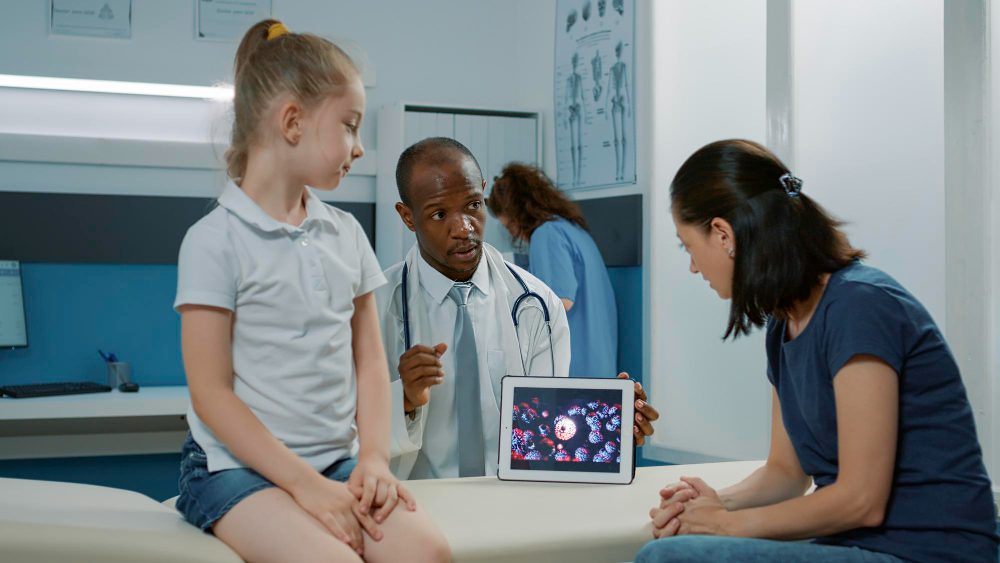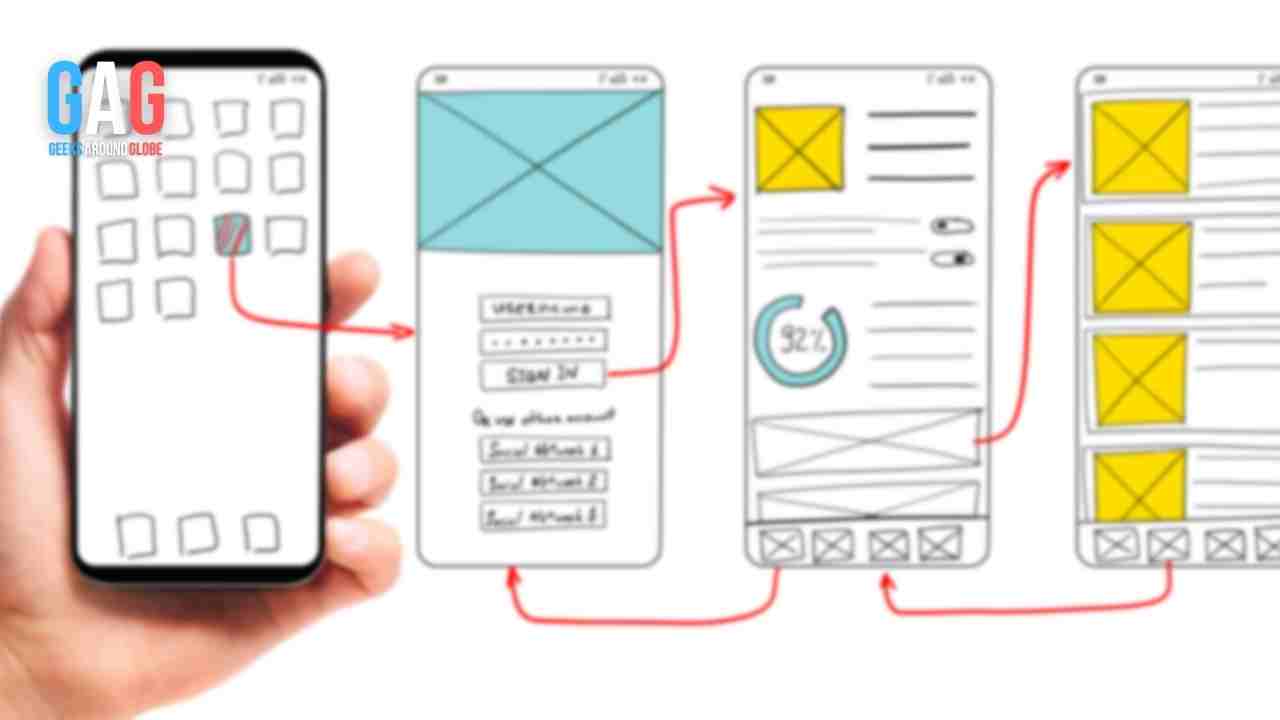Diagnosing a patient is an intricate and collaborative process. Assessing the patient’s health requires clinical judgment, information gathering, and the use of appropriate techniques. But with technological advancements, medical professionals can now quickly and precisely diagnose patients’ health issues.
The advancement of technology has completely transformed the healthcare industry, from replacing handwritten prescriptions to implementing sophisticated technologies like X-Ray machines and MRIs for diagnosis; technology has come a long way. Technology has become a necessary component of the medical field, from managing medical data to diagnosing and treating patients.
How has technology revolutionized the healthcare sector?
The introduction of technology into the healthcare sector has changed how we look at it.
Patient care, all the way from preliminary diagnoses up to treatment options, has become more accessible and accurate in the following ways:
- Quick retrieval of timely, accurate, and reliable data, both from imported and native sources
- Intuitive displays of data
- Easier navigation
- Evidence at hand to support decision making
- Automation of mundane tasks
- Enhanced workflow
- Prompt transfer of information among clinicians
Tools that Have Made Medical Diagnosis Easier
Diagnosis is a highly complex process on which the entire line of treatment and care depends. One wrong step can severely impact the whole treatment. But with the latest advancements in technology, patient diagnosis could not have been easier. The following are the tools that help.
Laboratory Information Systems
Human error is always possible, even with a well-trained and qualified professional. The use of laboratory information systems (LIS software) has made diagnosis easier by providing healthcare professionals with streamlined access to patient information and test results, which can improve diagnostic accuracy and speed. This software is used to manage and automate laboratory processes. They typically include modules for patient registration, test ordering, test results reporting, and billing. They also provide a way to track and manage laboratory inventory and generate reports and statistics. The best thing about this software is that it is designed to integrate seamlessly with other healthcare systems, such as digitalized patient record systems and practice management systems. This way, patient information can be easily shared and accessed across the system, improving healthcare provision.
Medical Imaging
Medical imaging, such as X-rays, ultrasounds, CT scans, MRIs, and others, can make diagnosis easier by providing healthcare professionals with detailed visual information about the patient’s internal organs. High-resolution images of the patient’s body can help healthcare providers identify and diagnose various conditions, from tumors and injuries to congenital abnormalities and chronic diseases. Many of these medical imaging techniques are non-invasive, which means that they do not involve incisions or injections, making diagnosis less uncomfortable for the patient.
Some techniques, such as CT and MRI, can produce images in multiple planes, such as axial, sagittal, and coronal, which can help healthcare providers to understand the patient’s condition better and provide an accurate diagnosis.
Medical imaging techniques can help identify conditions before they become advanced, leading to accurate diagnosis and a higher chance of successful treatment.
Artificial Intelligence (AI)
By mining medical records, AI algorithms can diagnose illnesses and create customized treatment strategies. It is even possible to distinguish between tissue samples that have cancer from those that do not. For instance, a recently developed AI for breast cancer analysis; outperformed human radiologists by 11.5% in identifying breast cancer on pre-cleared data sets.
This is just one of the many ways AI can improve patient diagnosis and an example of what else can be done if we embrace AI in healthcare.
Augmented Reality (AR)
The future of healthcare is being driven by augmented reality. It helps medical students better prepare for procedures in the real world and enable practicing surgeons to advance their skills.
This way, they now have access to precise and thorough digital human anatomy models through a combination of images that allow them to diagnose diseases and increase surgical procedure accuracy.
Healthcare Trackers & Wearables
Electronic gadgets like health tracking bracelets and smartwatches are examples of wearable technology used in the healthcare industry. Whether patients want to manage their stress levels, stay wary of their fluctuating vitals, or watch out for signs and symptoms that may predispose them to an acute episode of chronic disease, there is a device for every requirement. Patients can now track their health at home and share the results remotely with their doctor. It helps avoid major health problems. This way, patients are empowered to make informed decisions and take control of their health.
Medical Tricorders
The ultimate goal of every healthcare provider is to own a single, all-encompassing tool that can examine and diagnose every illness. Fortunately, we now live in a world where these kinds of devices are available due to the advancement of healthcare technologies.
A medical tricorder is one such device that can measure various things, including blood pressure, oxygen saturation, body temperature, and heart rate. The patient can hold it in the palm, and the device will provide the required information. This way, patients can be aware of their changing vitals and take precautions or necessary medication.
3D Printing
3D printing can aid various areas of the medical field, from simple out-patient diagnosis to advanced cardiac imaging used by top cardiac surgeons.
It can be used to create physical models of the patient’s anatomy, such as bones, organs, and blood vessels, from medical imaging data such as CT or MRI scans. These models help healthcare providers better understand and visualize a patient’s condition, which can improve diagnostic accuracy.
3D printed models can also be used to educate patients about their condition and treatment options, which can help them to understand their diagnosis better and become more engaged in their care.
Conclusion
Every year, new technologies are being developed that have the potential to change and improve healthcare provision.
Improved technology directly impacts medical providers’ capacity to store, share, and analyze health information. The use of technology not only improves diagnostic accuracy and treatment provision but also makes the health practitioner’s job easier while enhancing some patients’ quality of life and saving the lives of others.







